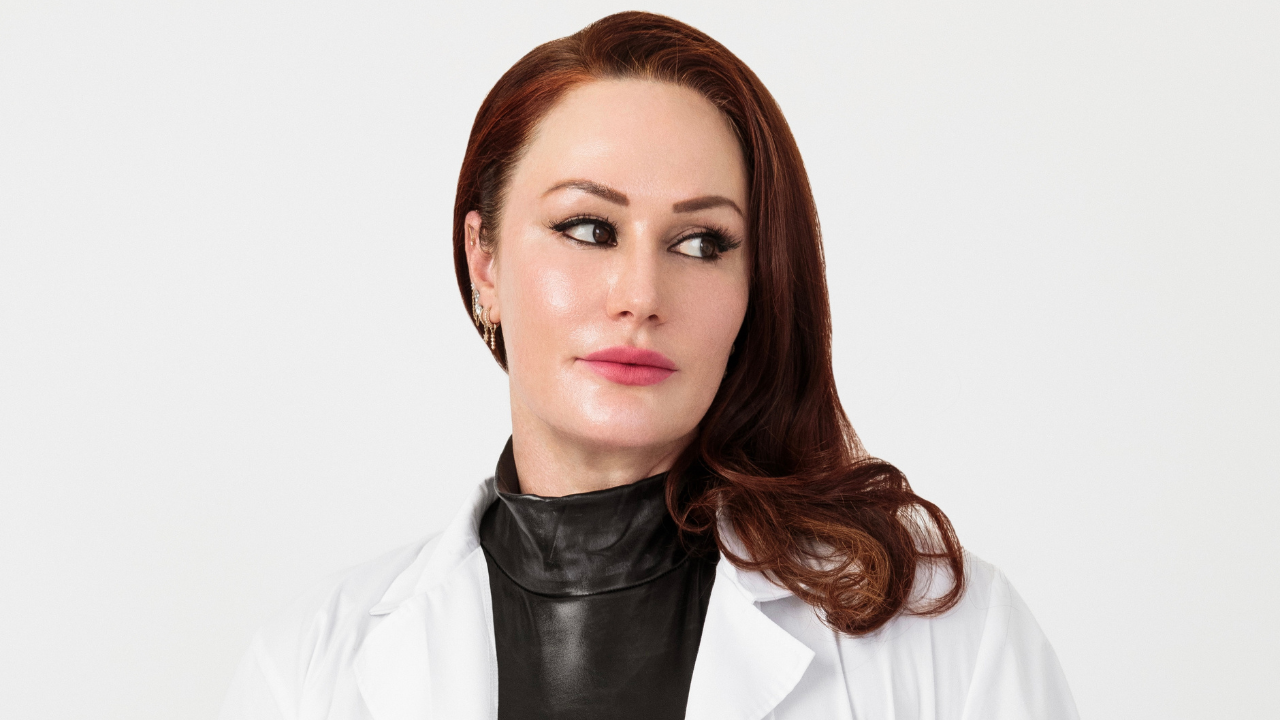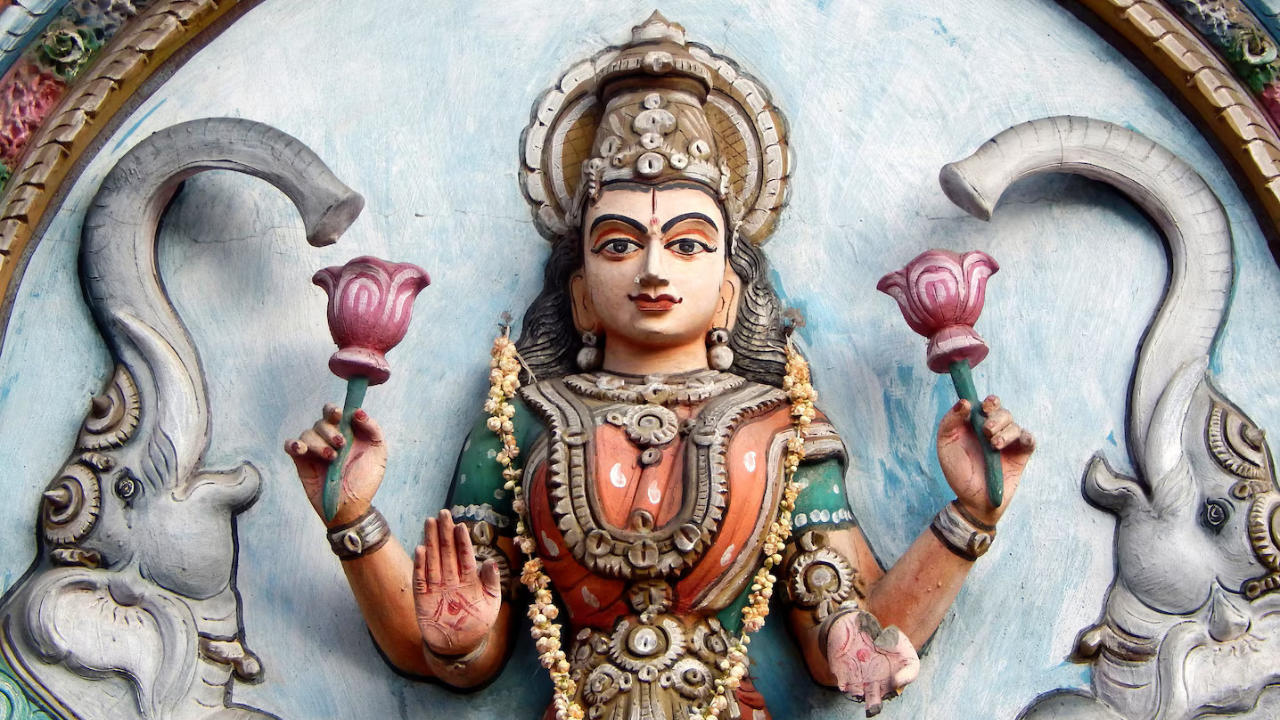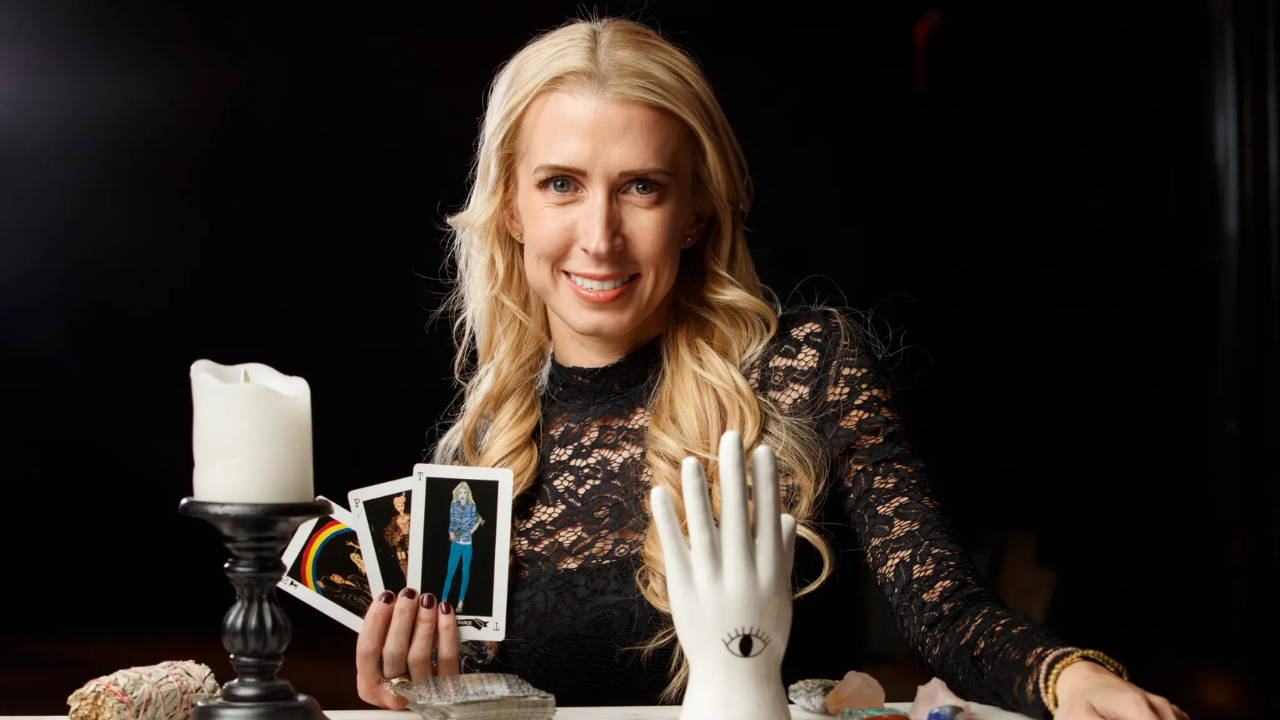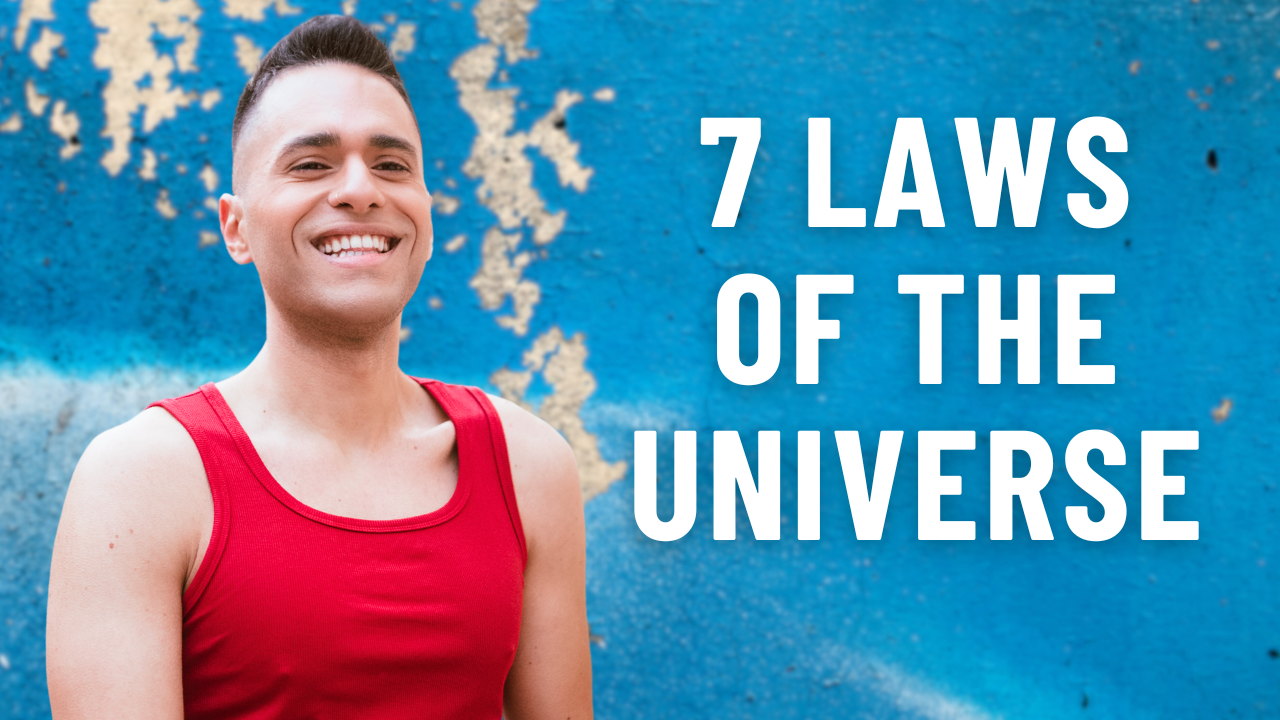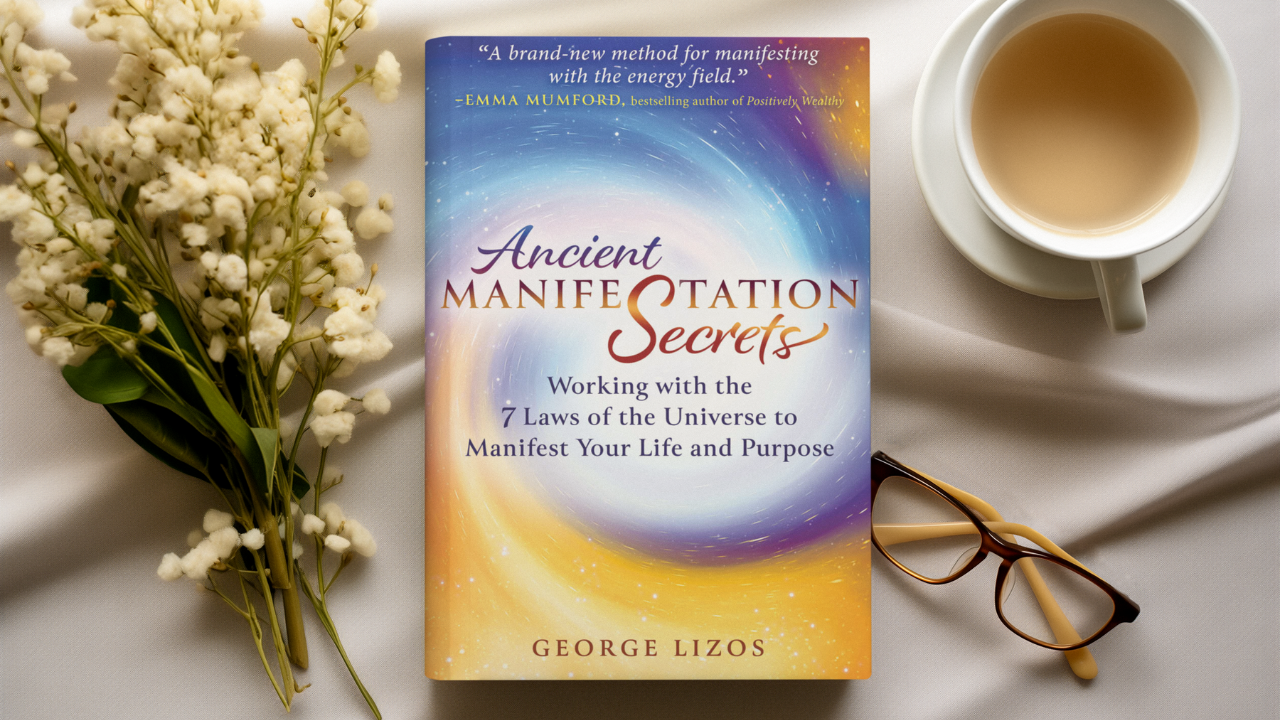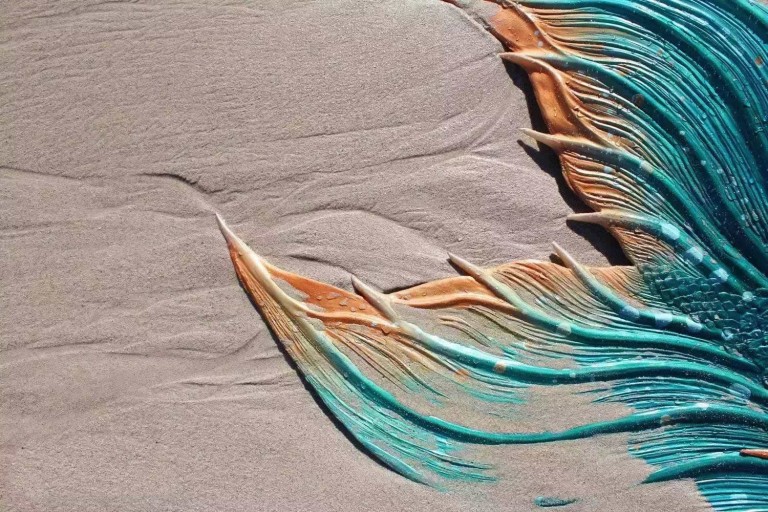
The word mermaid comes from the Old English word mere, meaning sea or lake, and maid, which means woman or girl. A mermaid is thus a hybrid creature – half-human and half-fish, a fabled being that has captivated the human imagination for eons.
There has been a great deal of research on whether mermaids may have once populated the vast oceans of our planet. The primary source supporting mermaids’ existence is the Aquatic Ape theory advocating the possibility of humans evolving out of the sea, while the prevalence of mermaid myths and stories in almost every world culture has fuelled the interest to putting a definite answer to this question.
As part of researching Mermaid Hybridity for my Masters in Metaphysics thesis in 2013, I discovered that the truth behind mermaids’ existence is uncovered by examining mermaid mythology; why we created it and how it relates to us.
A Brief History of Mermaids
The first recorded mermaid was the Assyrian goddess Atargatis, in ca. 1,000 B.C. According to the myth, the Assyrian goddess killed the mortal shepherd she had fallen in love with after giving birth to his child. Ashamed, she threw herself in a lake and transformed into a mermaid.
Following this initial story, various cultures around the world went on to portray mermaids in diverse ways. Examples of mermaids closer to our current depiction of having a fishtail include the Babylonian god Ea and the Greek merman Triton. However, the water nymphs and sirens that are rampant in Greek mythology, as well as Aphrodite, the Greco-Roman Goddess of love, all have a human-like appearance without the fishtail.

Assyrian Goddess Atargatis was the first mermaid.
Mermaids are also described as being adept shape-shifters, sometimes transforming into seals, like the selkies in the legends of Ireland, Scotland and Wales; into dragonflies, like the Australian yawkyawks; or having more adept shape-shifting abilities like the Teutonic nixes, who have the ability to transform themselves into humans, animals, fish or reptiles.
Over time, as trade routes expanded and seamen journeyed far and wide, sharing their “fish stories” with peoples of various lands, the physical diversity by which we portrayed mermaids evolved into the iconic, stereotypical image we know them with today. This is most accurately captured by the beautiful and enchanting half-human, half-fish princess Ariel, in Disney’s animated film The Little Mermaid.

Selkies are half-human, half-seal, and they’re one of the many different types of mermaids described through world mythologies.
Symbols of Love
The various mermaid depictions I’ve described so far have one thing in common, and this is romantic love and relationships. From the first mermaid story of the Goddess Atargati murdering her lover and throwing herself in the sea, to one of the most recent stories of Ariel transforming herself into a human to marry her prince, almost every mermaid story has to do with the subject of romantic love and relationships.
The reason behind this is inherently tied to the essence of the element of water, and the sea. Water is fluid and unstable, mirroring the unstable, tumultuous nature of our emotions through the course of a romantic relationship. The sea is deep and vast, mirroring the depth and complexity our unconscious emotions can take on while we’re in a relationship. It looks calm and beautiful on the surface, but can get ugly and unpredictable when you dive deeper; just like when we may be putting on a happy face on the outside when we’re really fighting a war within.

Through history we’ve associated the sea and the element of water with emotions and relationships.
In the course of human history we’ve associated the sea with romantic relationships, and used the varied portrayals of mermaids to describe our diverse experiences in romantic relationships. As a result of assigning these qualities to the sea, we’ve effectively turned its Spirit, the mermaids, into relationship experts. We’ve encouraged Source Energy to flow guidance, support and healing specific to romantic relationships through the sea, because that’s where we feel more comfortable dealing with them.
The way our portrayal of mermaids has changed, away from the rich diversity of physical characteristics we’ve given them in older times, to the modern stereotypical portrayal of half-woman, half-fish, mirrors a similar change in our experience of romantic relationships. The fluid portrayal of mermaids in the past represented our freedom to express love and have relationships free of rigid rules and limiting stereotypes. Conversely, our current, fixed portrayal of mermaids represents the limiting rules and boundaries we’ve enforced in our romantic relationships, which are the culprits in most of our relationship dramas.
With this in mind, the answer to whether mermaids are real is both yes, and no. Mermaids are real in the sense that they are symbolic manifestations of the spirit of the sea, but they aren’t real in the sense that they never existed in physical form. In any case, working with the mermaid spirit is a powerful way to access deep, unconscious emotions, heal your romantic relationships, and start new ones.
Recommended for you
Haven't found your life purpose yet?
Sign up below to download my FREE step-by-step guide to find and define your life purpose in a specific two-paragraph definition. You'll also receive a weekly email from me packed with intuitive guidance, spiritual processes, and exclusive trainings to support your journey.





